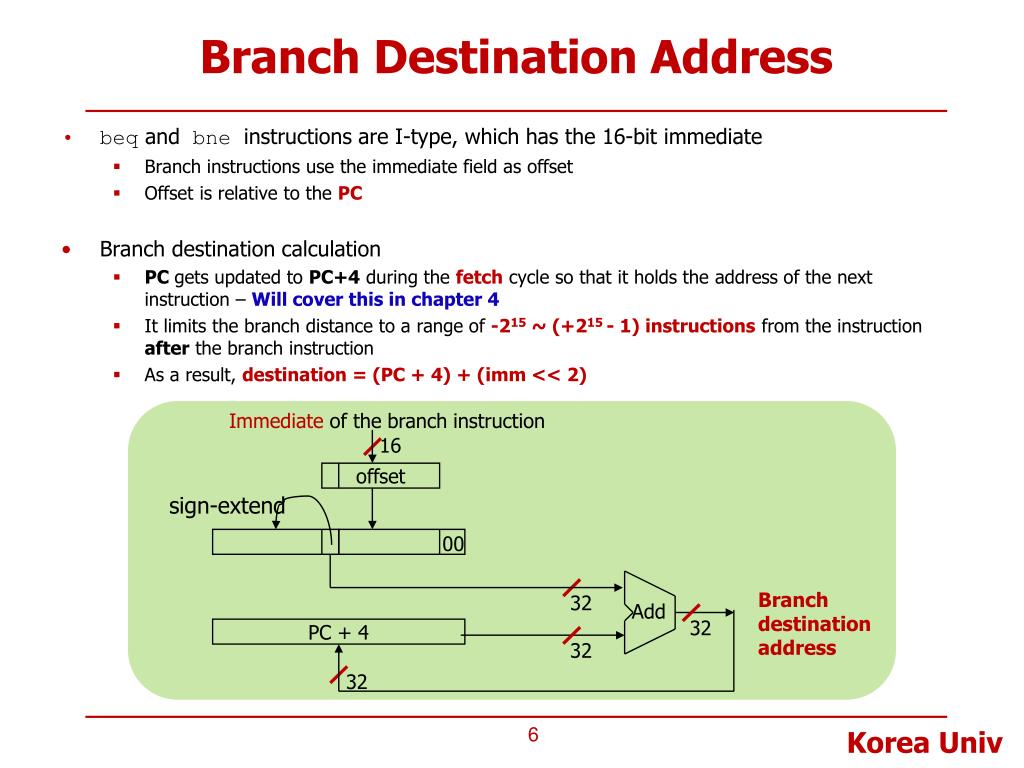
In addition to a summary of the current state of research regarding the importance of strength training for swimming, the article shows which On the one hand is the discussion about the optimal intensity in strength training and, on the other hand, is the question of how specific strength training should be designed. Different approaches are discussed in the literature, with two aspects in the foreground.

#Beq mips maximum jummp distance how to#
It is not only about the importance for the performance at start, turn and swim speed, but also about the question of how to design a strength training program. This narrative review deals with the topic of strength training in swimming, which has been a controversial issue for decades. Coaches and swimmers are advised to enhance the start underwater phase, and finish segments to improve the swimmers’ performance. This indicates the underwater phase of the start is of substantial importance to improve the 15 m mark time. The 50 m start retained the reaction time and underwater speed, and the 100 m start retained the reaction time and the water break distance. For both races, hierarchical linear modelling retained the 15 m mark time and finish speed as predictors. The same trend was observed for the start and finish performances. Both races (50 m: p < 0.001 100 m: p < 0.001) presented a significant level effect for the final race time. A set of starting and finishing variables were used for analysis. For the 50 m and 100 m freestyle race at the junior European Championships 2019, 86 and 88 male swimmers were analysed, respectively. The aim of this study was to: (1) verify differences between swimmers of the same competitive level in variables related to the start and finish (50 m and 100 m freestyle) (2) verify if starting and finish variables are responsible for faster race time, and which starting variables are responsible for the start performance in such events. Enhanced jump performance and increased maximal force production may, therefore, enhance DD in swimmers. Males showed stronger correlations than females due to being stronger and being able to perform the jumping/strength tasks to a higher standard.

001).ĭD demonstrated strong correlations with jump performances and multijoint isometric force production in pooled data. Males demonstrated very large significant correlations between DD-CMJ (r =.

Females demonstrated moderate nonsignificant correlations between DD isometric midthigh pull (r =. CMBJ accounted for 70% of the variance in DD. 001-.008), with DD-CMBJ displaying the highest correlation (r =. Large to very large correlations were found between DD and all variables tested for pooled data (r =. The aim of the current study was to investigate the relationship between dive distance (DD) and countermovement jump (CMJ) height, track start CMJ height, countermovement broad jump (CMBJ) distance, track start broad jump distance, and isometric midthigh pull peak force and relative peak force.Ī total of 27 (11 female and 16 male) regional-national-international-standard swimmers (mean age = 19.5 y mass = 69.3 kg height = 1.77 m) performed 3 trials of a track start dive, CMJ, track start CMJ, CMBJ, track start broad jump, and isometric midthigh pull.ĭata were separated into pooled (females and males combined), females, and males.


 0 kommentar(er)
0 kommentar(er)
